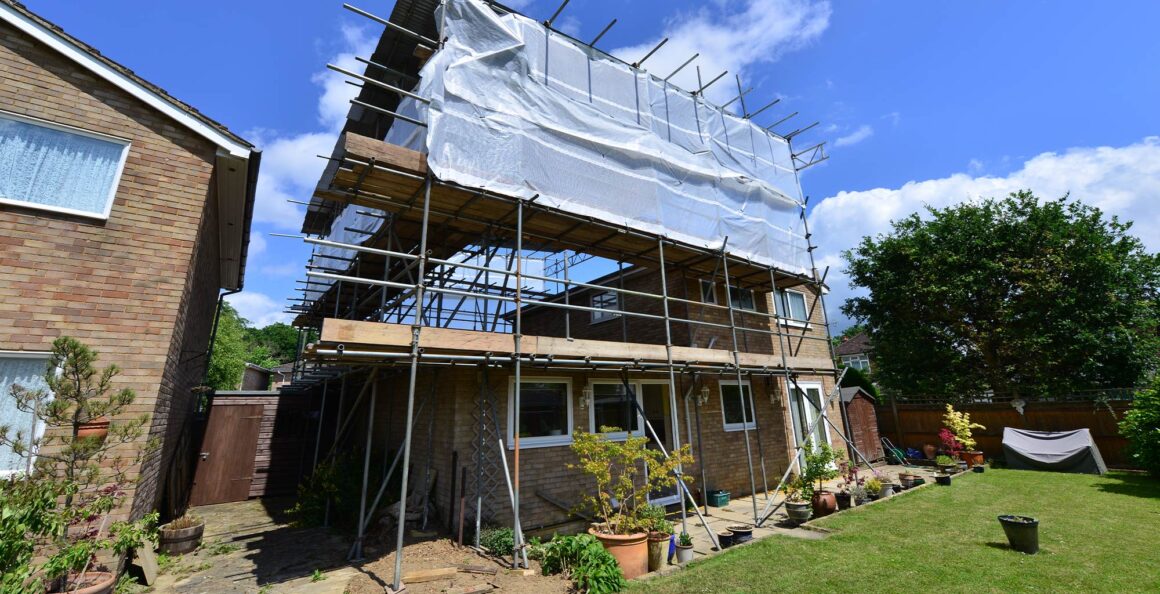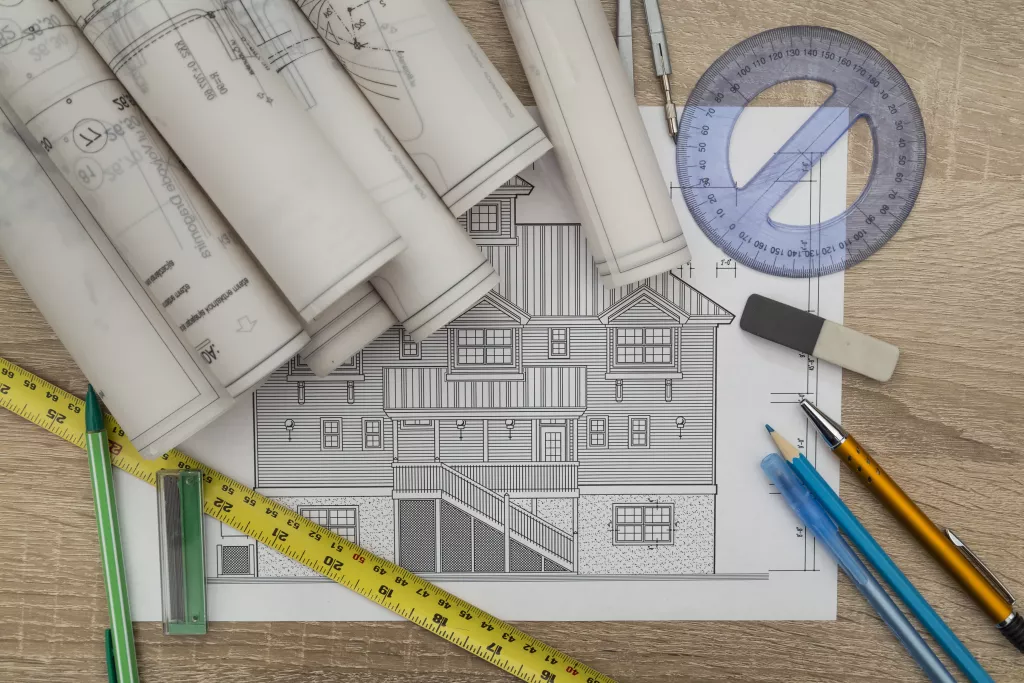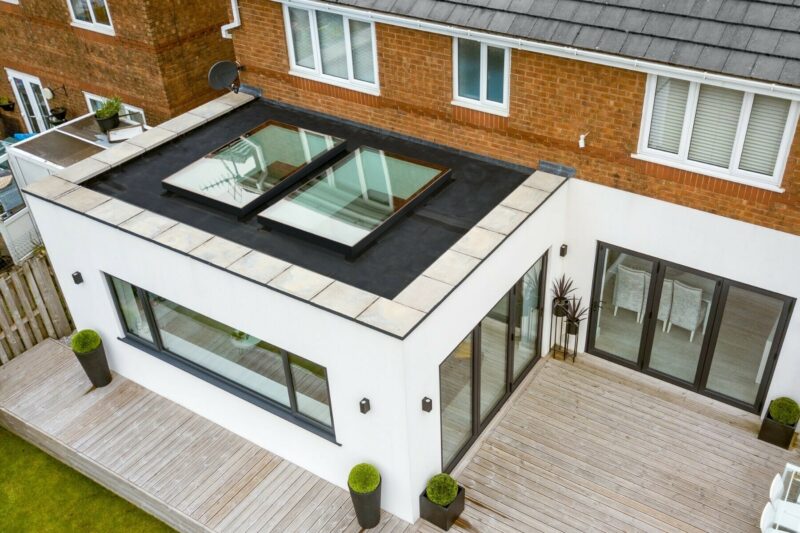A rear extension is a perfect way to add extra space to your house and build equity for your home. However, the rear extension costs can vary widely depending on several factors. Some of them include the location of the property, the size and complexity of the project, the materials used, and the service providers used.
Most homeowners are worried about the rear extension costs and are looking for tips on how to save. You can hire the Humphreysandsons architectural company to save and enjoy affordable professional services and more tips on how to lower the rear extension costs. If you are not in a position to do so, this article will shed light on the cost of extending the rear of your house and how to save more.
The Size and Complexity of the Project Influence Rear Extension Costs

How big and complex your rear extension project is will directly determine the cost. For example, a simple single-story extension will cost less than a larger multi-story extension with additional features such as a balcony, rooftop deck, or skylights.
Additionally, a rear extension that involves structural work such as removing load-bearing walls will cost more than a simpler project that does not require structural changes. Simply, bigger projects push the rear extension costs higher.
The Type and Cost of Materials
The materials that will be used in the construction of a rear extension and those that were used to make the main house can also have a significant impact on the rear extension costs.
For example, using high-quality materials such as natural stone or hardwood flooring will increase the cost of the project. On the other hand, using more affordable materials such as laminate flooring or vinyl siding can help to keep costs down. Most people look to match the materials of the main house and the extension for aesthetics.
The Location of the House
The location of the property can also affect the rear extension costs. Properties in more densely populated areas in the UK will typically be more expensive to extend than properties in more rural areas. Additionally, houses in areas with higher property prices definitely have higher rear extension costs.
Tips to Save Money on Rear Extension Costs

- Keep it simple – Obviously, a simple extension project will cost less than a larger one such as extensions for mansions with additional features.
- Use affordable materials – Using more affordable materials such as laminate flooring or vinyl siding can help to keep costs down.
- Consider professional service providers – Always work with professional architects, construction experts, and material suppliers because they avoid costly mistakes and provide value for the money.
- Buy materials for yourself – Do you have time to shop around and buy materials by yourself? If yes, you will be surprised by how much you will save by the end of the project.
- Don’t move – You can keep the rear extension costs low if you avoid moving from your home. You will then have the opportunity to fully benefit from the money invested. Additionally, it may take some time for the value of the house to appreciate above your recent extension investment.
Conclusion
With all the above insights, you now know what rear extension costs entail and how to keep them low. These are professional tips that will help you keep the project simple yet safe. Follow them today, and you will not regret it.


